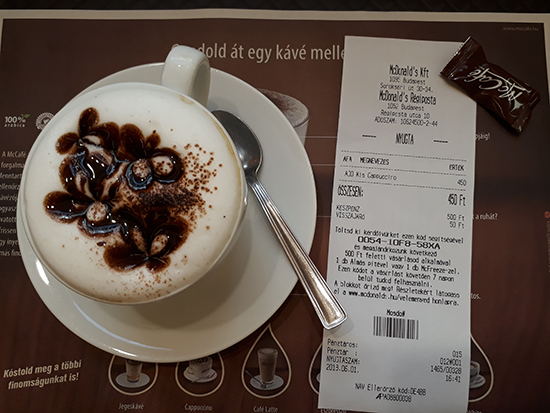Touch down Budapest, capital of Hungary!
Budapest is the tenth-largest city in the European Union
by population within city limits. When I arrived, I didn’t know what to expect
of Budapest! I know that it is a beautiful city and with beautiful
architecture--plus the fact that it actually in my bucket list but haven’t had
the chance to put it in realization; so it's about time to explore the eastern
Europe!
I must say that Budapest has strengths in commerce,
finance, media, art, fashion, research, technology, education, and
entertainment!!
The central area of the city along the Danube River is classified as a UNESCO World Heritage Site and has many notable monuments, including the Hungarian Parliament, Buda Castle, Fisherman's Bastion, Gresham Palace, Széchenyi Chain Bridge, Matthias Church and the Liberty Statue. Many of these will be in my next post. Another famous landmarks include Andrássy Avenue, St. Stephen's Basilica, Heroes' Square, the Great Market Hall, the Nyugati Railway Station built by the Eiffel Company of Paris in 1877 and the second-oldest metro line in the world, the Millennium Underground Railway. The city also has around 80 geothermal springs, the largest thermal water cave system, second largest synagogue, and third largest Parliament building in the world.
The history of Budapest began with the ancient city of
Aquincum, an original Celtic settlement that became the Roman capital of Lower
Pannonia. Hungarians arrived in the territory in the 9th century. Their first
settlement was pillaged by the Mongols in 1241. The re-established town became
one of the centers of Renaissance humanist culture by the 15th century.Following
the Battle of Mohács and nearly 150 years of Ottoman rule, the region entered a
new age of prosperity, and Budapest became a global city with the unification
of Buda and Óbuda on the west bank with Pest on the east bank on November 17,
1873.
Budapest also became the co-capital of the
Austro-Hungarian Empire, a great power that dissolved in 1918, following World
War I. The city was the focal point of the Hungarian Revolution of 1848, the
Battle of Budapest in 1945, and the Hungarian Revolution of 1956.
The Heroes Square or Hosok Tere is one of the major
squares in Budapest, Hungary, noted for its iconic statue complex featuring the
Seven Chieftains of the Magyars and other important Hungarian national leaders,
as well as the Tomb of the Unknown Soldier. The square lies at the outbound end
of Andrássy Avenue next to City Park Városliget.
###
Our Air BnB, home for a week in the Buda area...
###
Andrássy Avenue...
I fell in love the moment I realized they are quiet easy with glutten free food
(say hey to GLUTENMENTES!)
Hungarian State Opera House, too bad that the main dome was under renovation...
###
kitchen at Air BnB
View from our kitchen...
###
glutenmentes 😛😛
Danube river...
thank you all for stopping by and viewing the post...
xxx

































